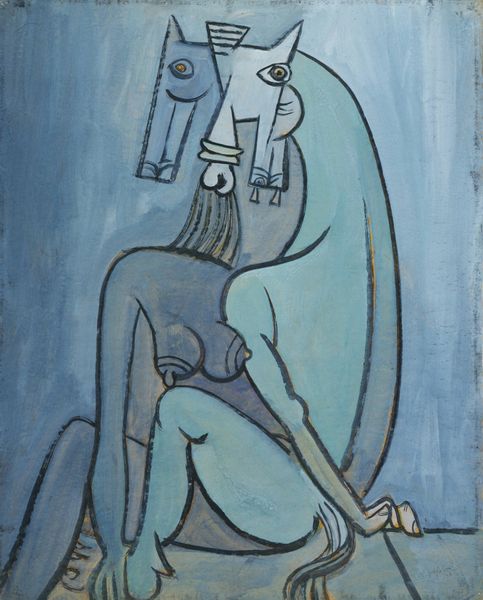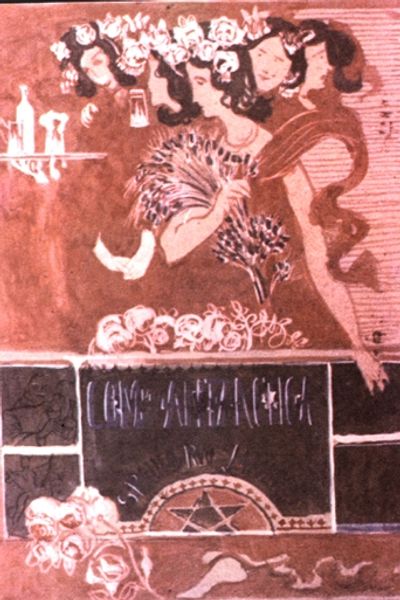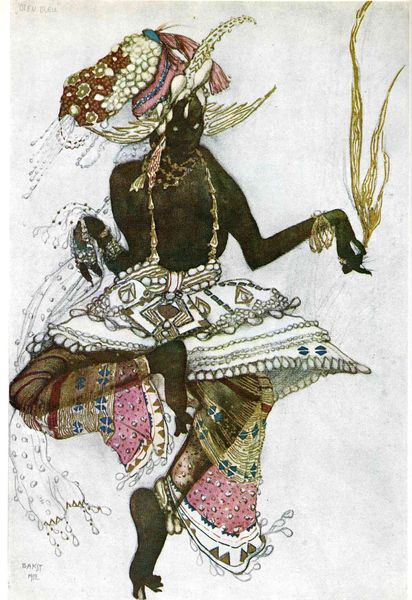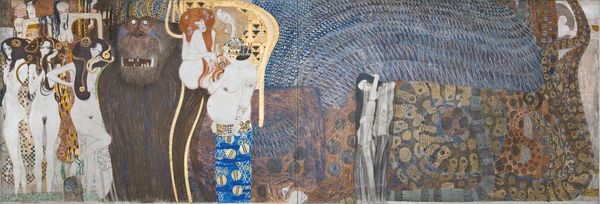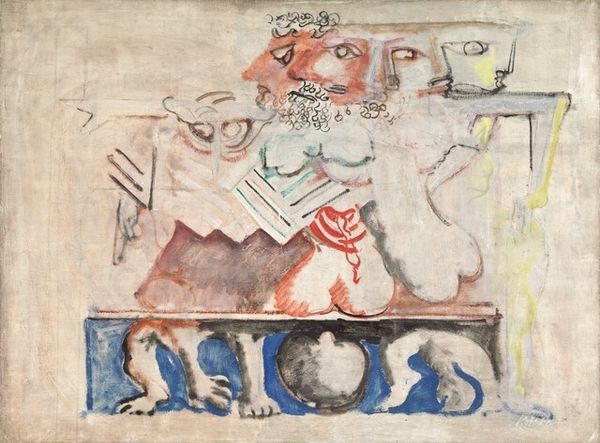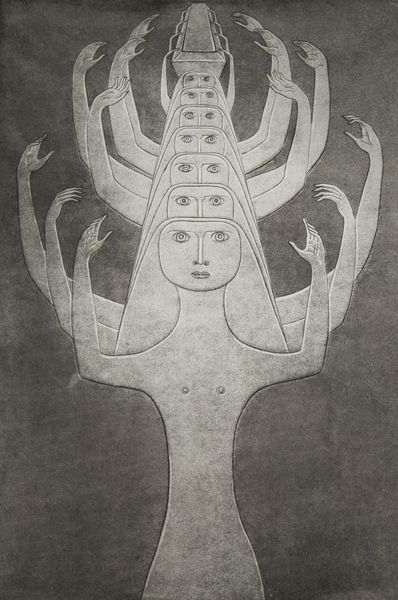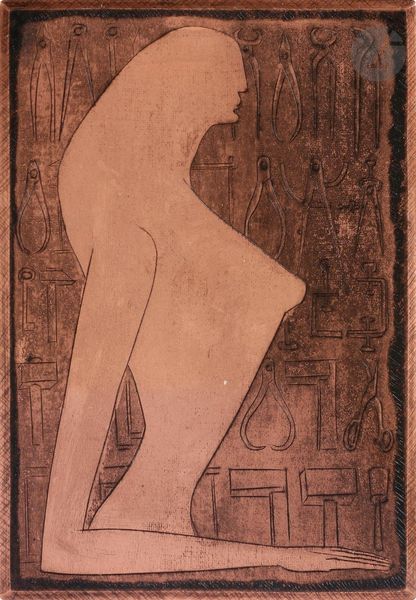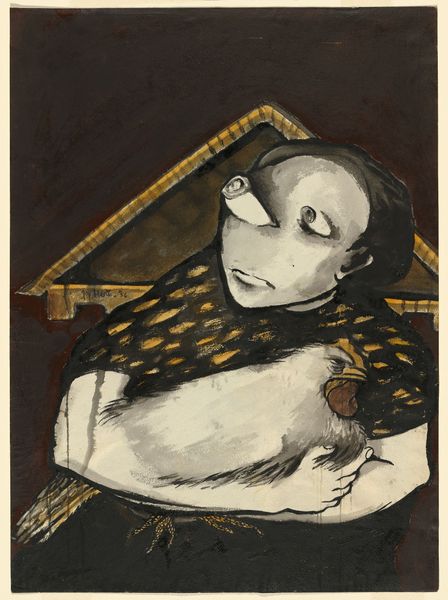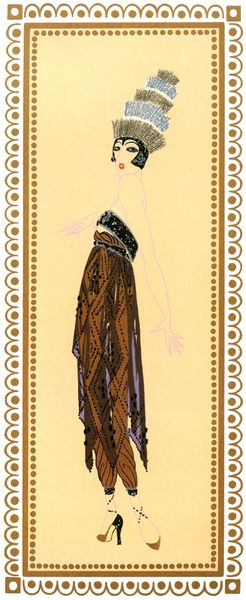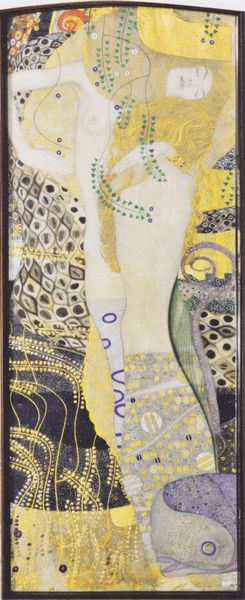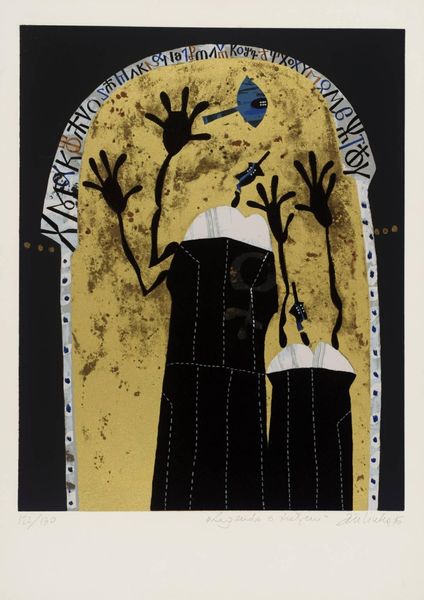
Copyright: Sergei Parajanov,Fair Use
Editor: Here we have Sergei Parajanov's 1967 mixed-media collage, a sketch for his film, "The Colour of Pomegranate", entitled "Queen." The figure is quite striking, a handmade quality, and… are those real animal hairs used in the work? What does it all mean? Curator: From a materialist perspective, this piece presents a fascinating study in the collision of high art and everyday life. Note how Parajanov repurposes mundane materials – paper, colored pencil, seemingly found organic elements – to construct this "Queen". It blurs the line between 'art' and 'craft' and the labor involved in its creation. What social conditions allowed for this kind of resourcefulness? Editor: You mean, the relative scarcity of traditional artist’s materials under the Soviet regime might have forced this kind of... inventive approach? Curator: Precisely. Consider also, the use of collage itself. It is an act of assembling fragments. Here, it directly challenges the idea of a singular artistic genius, instead emphasizing collective production – reflecting Soviet ideals, but perhaps also subverting them through his individual vision. What statement is the artist making about "high" and "low" materials and Soviet society through his choices? Editor: I see. It's not just about the *image* of the Queen, but the *making* of her, that carries meaning. The act of collaging questions artistic authorship. The incorporation of found materials disrupts art hierarchies, perhaps hinting at an artist in Soviet society having limited supplies? Thank you, that makes it a richer experience. Curator: Absolutely. By understanding the processes and materiality behind Parajanov's sketch, we unlock a deeper understanding of its socio-political resonance.
Comments
No comments
Be the first to comment and join the conversation on the ultimate creative platform.
